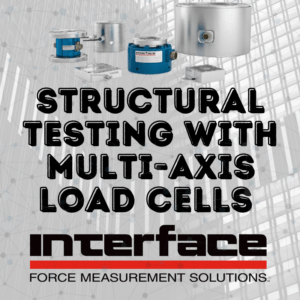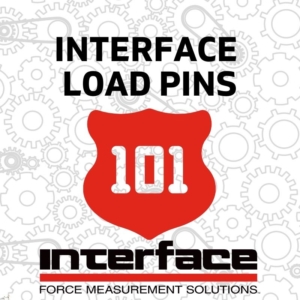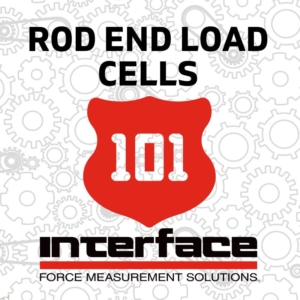
IQ Blog
Enhancing Structural Testing with Multi-Axis Load Cells
Interface 2-axis, 3-axis, and 6-axis load cells are all excellent options for structural testing. Multi-axis load cells are essential tools for structural testing, providing valuable insights into the behavior of structures under various loading conditions. These multi-axis sensors measure forces in multiple directions, enabling engineers to identify potential weaknesses, assess structural integrity, and optimize designs.




